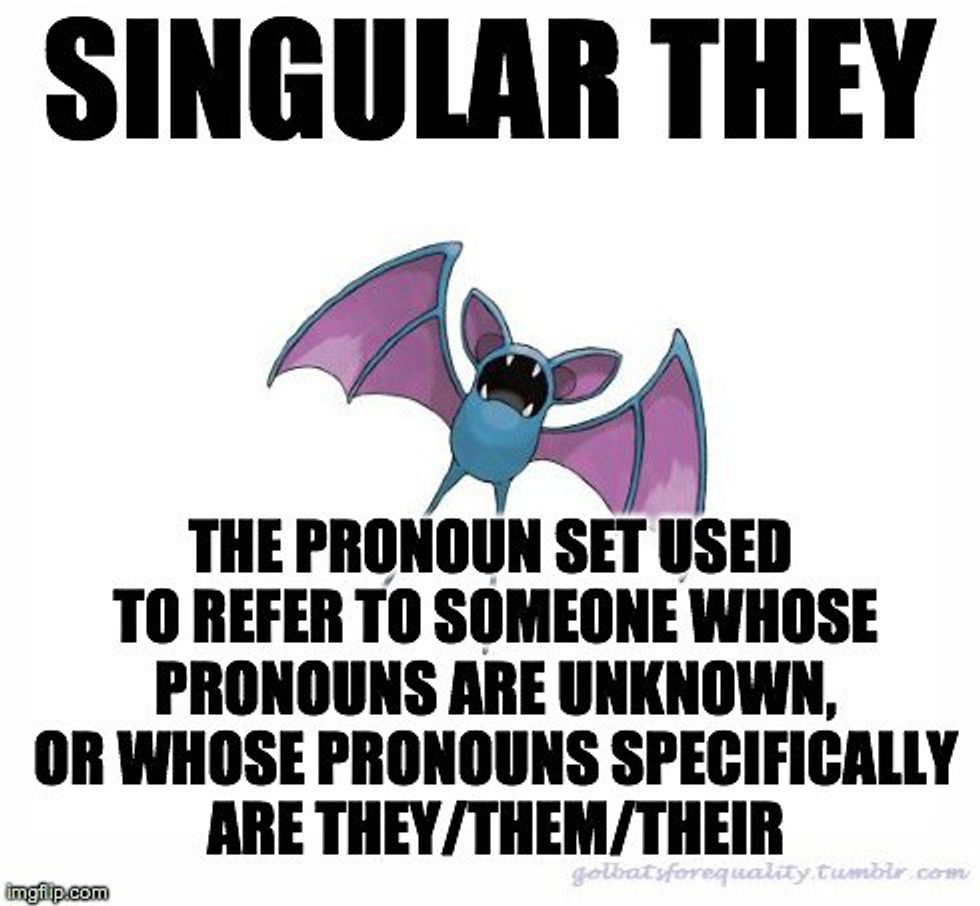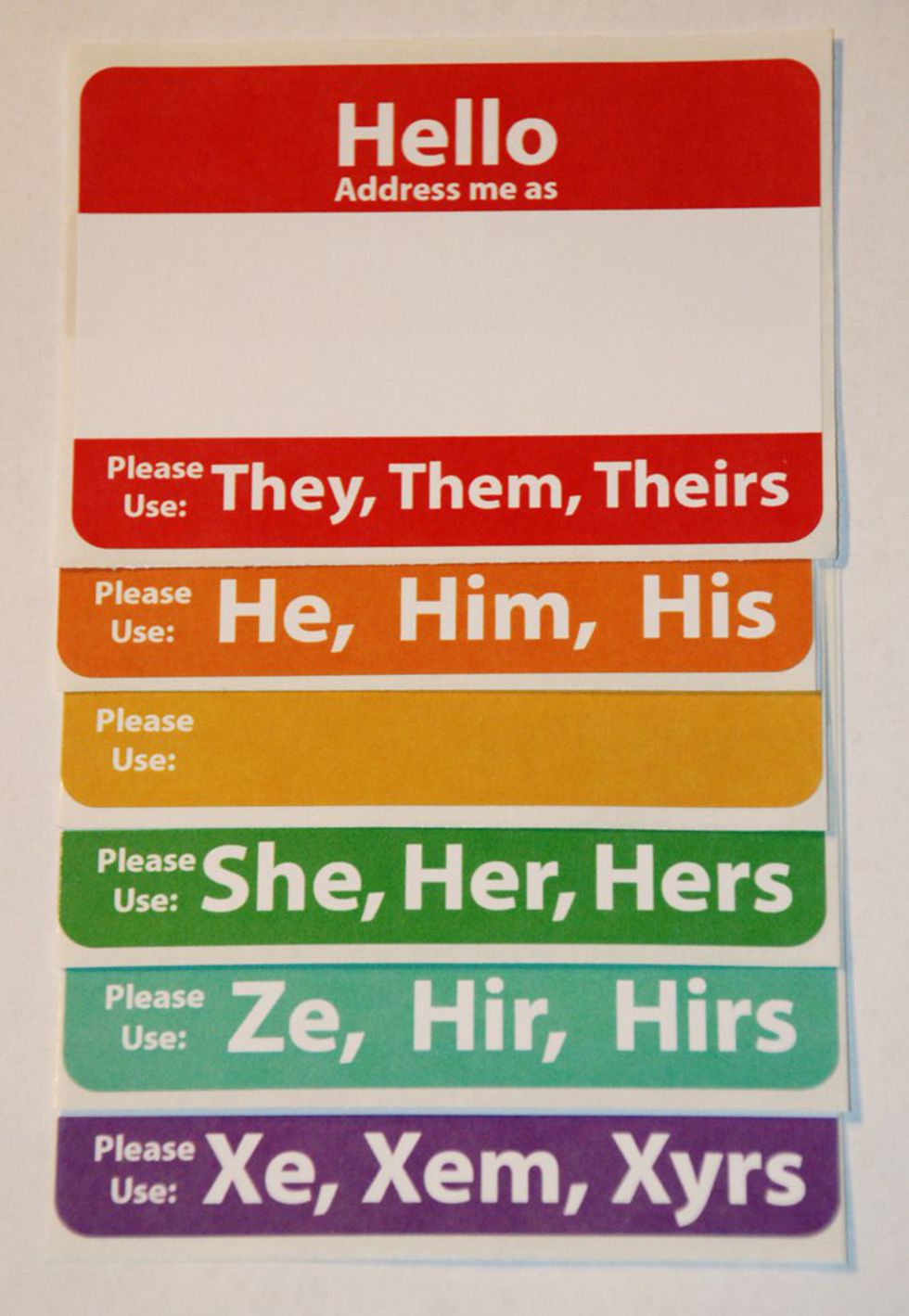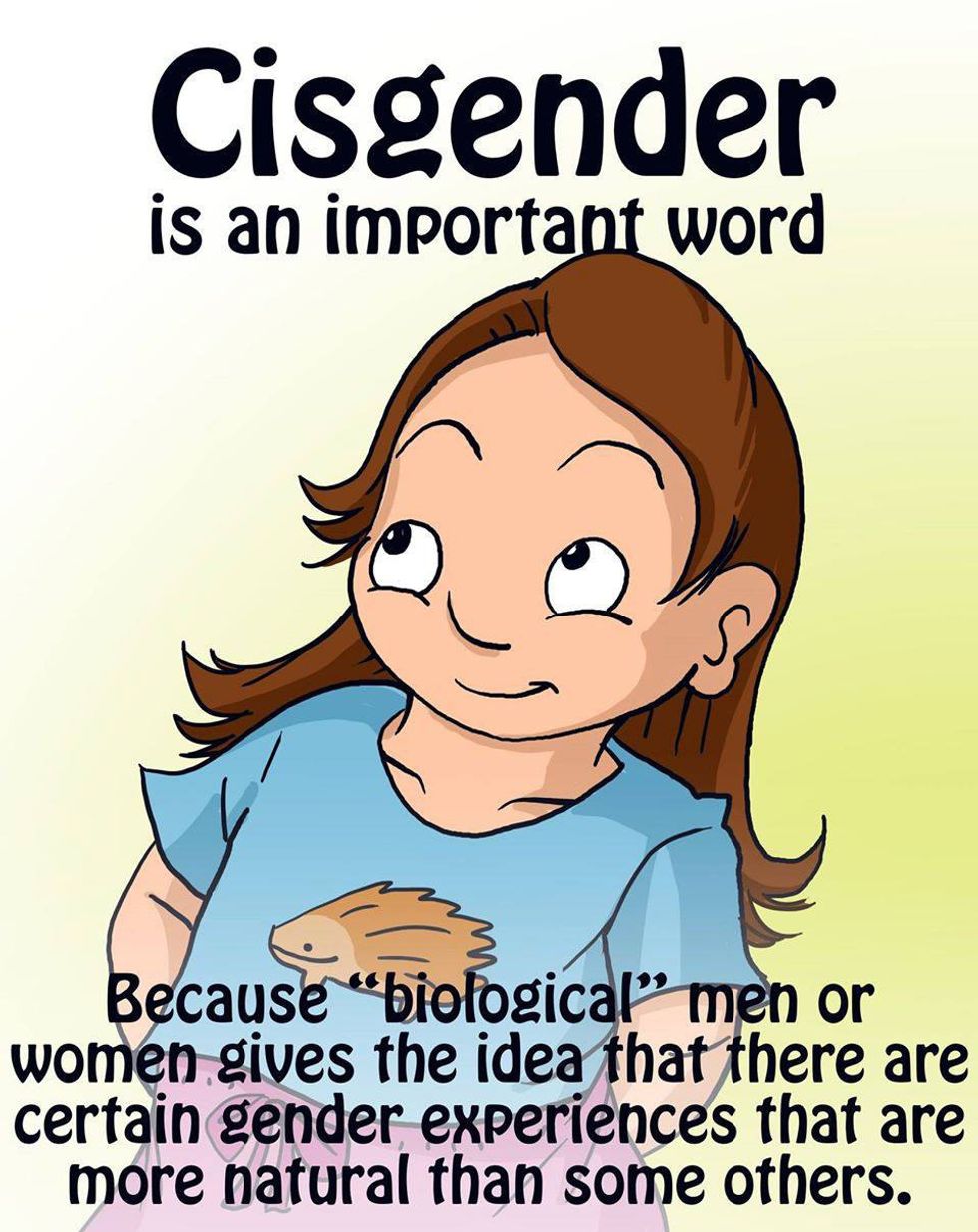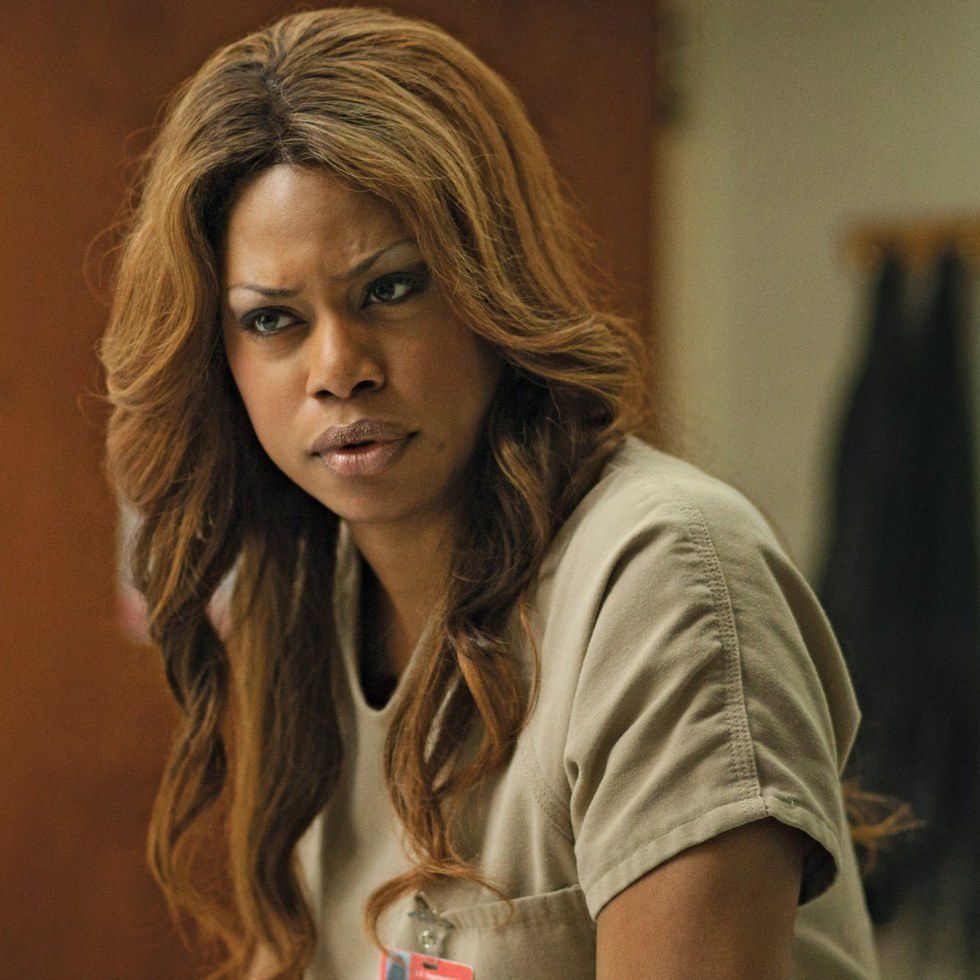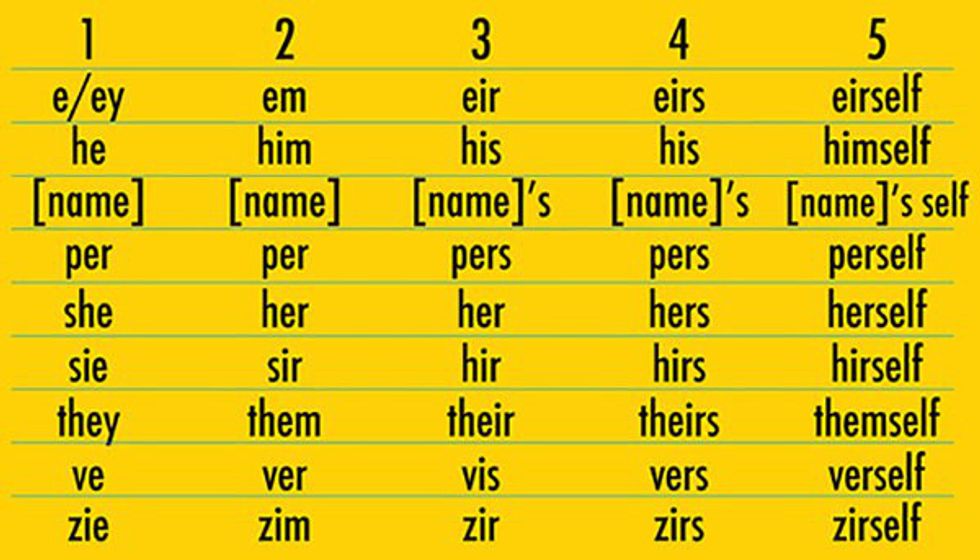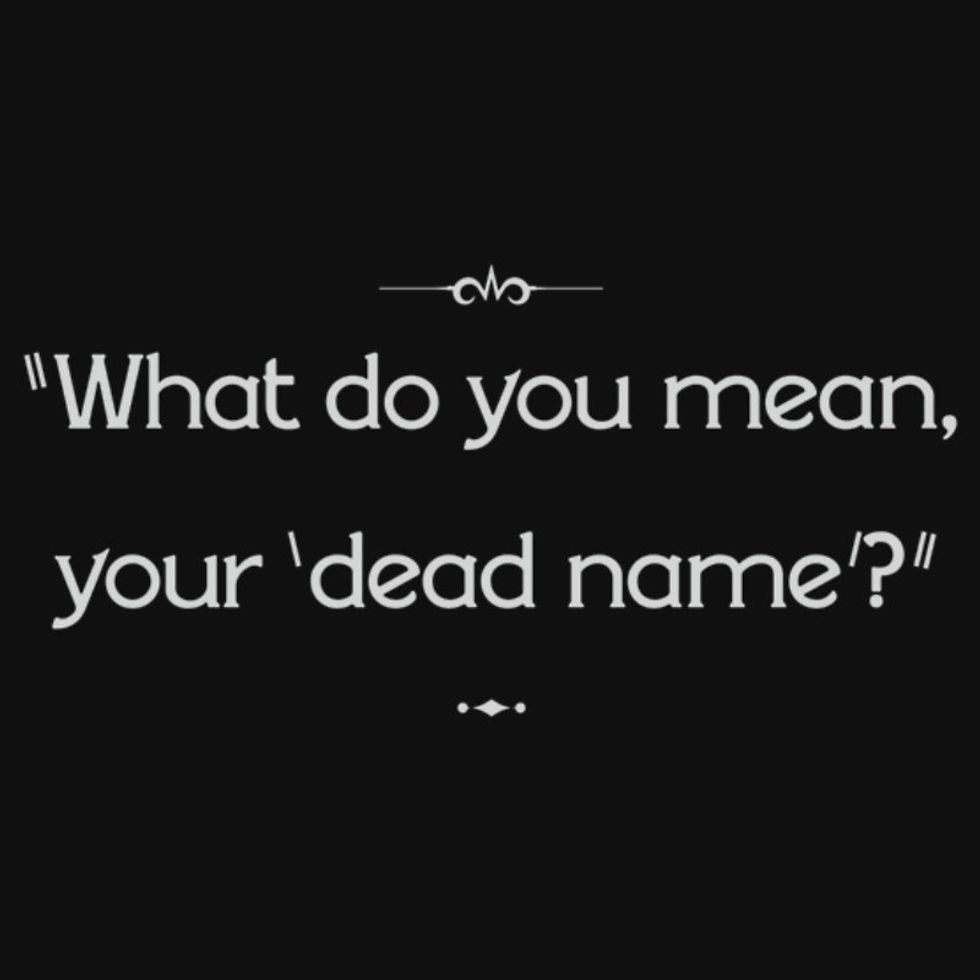I live right next to Anoka, Minnesota – the Halloween Capital of the World. Yes, I'm serious. In 1920, this little river town decided to start a whole slew of Halloween celebrations to keep kids and teenagers out of trouble, and it's only gotten better from there. These days, they're even getting national notoriety: the USPS just unveiled its first official Halloween stamp set, and it all took place in the center of this quaint county seat.
As you can imagine, Anoka's residents get very pumped up about the festivities, and honestly, it's infectious. My family's love of Halloween is unrelated to our proximity with the town, but I've certainly enjoyed hopping over the city line to get some parade action (or, like this year, some first-day-of-issue stamps). What I mean to say is, because I live so close to the Halloween Capital, and because my parents are big lovers of Halloween, I've been raised on some of the most good-spirited and wholly fun October 31st celebrations a kid can experience. Over the years, however, I've come to realize that many people play up a darker side of Halloween.
One year, when I was a kid driving out and about with my dad (who did a lot of door-to-door stuff), we had to stop at a house in the suburbs, and while my dad was talking to the owners, I was able to look around their yard. They had completely decked out their front lawn for Halloween with life-size plastic representations of a horrible, gory surgery suite. There were mannequin doctors with crazed eyes standing over an awake patient with his plastic chest open and shiny guts spilled out; there were gaunt-looking nurses stabbing giant needles into other mannequins; there was fake blood everywhere. I was maybe twelve at the time, certainly old enough to have seen a few horror movies or depictions of zombies, but this...this was something different. These were Halloween decorations. This was a depiction of utter violence, of sheer gore. They had even played off the name of one of our nearby medical centers by calling it “NO Mercy Hospital.” As soon as my dad and I got back into the car, I told him I hated their take on Halloween. I didn't understand why yet, but I knew it didn't sit well with me.
Last year, Vice ran an article called “Cry-Baby of the Week: Some Parents Tried to Get a Halloween Display Taken Down for Being Too Scary.” The article (if you couldn't get the gist from the title) talked about a nine-year-old girl who believed that terrifyingly gory Halloween decorations in front of someone's house were real dead bodies. The article described that the “appropriate response” would have been “taking five seconds out of your day to explain to your child that she is looking at Halloween decorations,” and ridiculed the mother of the girl for her decision to complain to the city. But one must take a second to think about just how grisly these decorations must have been for a nine-year-old girl to think that they were real. The mannikins, all life-size, were being mutilated in all manner of ways – punctured through the chest on a spike, crucified upside-down – and this a street away from an elementary school. The family did end up taking the decorations down, as a “safety thing” since they were getting a lot of attention. But the woman who lived there said that she would probably never decorate for Halloween again, because “a pumpkin or any of what some people would think are typical Halloween decorations” are simply not ways that they want to express the holiday. She stressed that taking their gruesome mannequins down was “not a caving in thing.”
Now, everybody has their own opinion on these types of things, but this is what I'm going to say about it. There are a lot of traditions that have culminated into what we consider Halloween in the United States. It's easy to look at other cultures and see how our holidays are alike. For example, there's the Day of the Dead in Mexico, which is celebrated generally around the transition from October to November. This is a day to remember loved ones who have died, and help in their spiritual journey. In Celtic tradition, there's Samhain, which is likewise on October 31st-November 1st, and this represents the time of the year when the veil between the living world and the spirit world is at its thinnest. People who celebrate this holiday often put out reminders of their loved ones and even old a “dumb supper,” which is a meditative dinner where passed souls are remembered in silence. Historically they also lit bonfires and dressed up to ward away any bad spirits. Of course, the name Halloween comes from the Christian celebration of All Saint's Day (sometimes called “All Hallows' Day”) and its vigil the night before, Hallowe'en (from “All Hallows' Evening”). This, too, is a time to remember martyrs of the church who gave their lives. In fact, it is supposed that the Church scheduled this holiday as an attempt to replace the pagan Samhain, which is probably why the idea of dressing up in scary costumes survived.
These traditions surely can lead to some spooky stuff. After all, the idea of death itself is a mystery and can be pretty scary sometimes. The mysticism and death imagery (witches, ghosts, skeletons, vampires) that we see in modern Halloween celebrations have come naturally from these old traditions and combined with symbols of autumn (pumpkins, orange and black, the harvest) to make what we consider Halloween. But these traditions are basically respectful of their origins – the veneration of beloved spirits and the concept of death. Dressing up your yard to look like a slaughterhouse is the absolute opposite. It's the glorification of homicide and violence.
I know people like to get scared once in awhile. Who doesn't like a good horror movie in October? But honestly, putting fake mutilated corpses in your yard is just not cool. If you want a house of horrors in your basement or something, by all means invite people to subject themselves to seeing representations of people being brutally killed. As for your front yard, it's a natural reaction for parents or children to be horrified by what they see in a gruesome Halloween display, and it's natural to not want to be subjected to it. Putting these things out for the public only adds to tolerance of terror and violence.
If you like slasher flicks, go watch them. Everybody likes a little thrill sometimes, and maybe that's what scares you. But if you don't know how to make a Halloween display without crucifying a mummy upside-down in your garden, maybe you should stick to scaring yourself.




